PPT-Eugene Wigner
Author : lindy-dunigan | Published Date : 2016-05-28
Dennis Gabor George Dantzig Richard Bellman JosephLouis Lagrange By Alexandra Silva Famous Mathematicians and Scientists Eugene Wigner Born in Budapest Hungary At
Presentation Embed Code
Download Presentation
Download Presentation The PPT/PDF document "Eugene Wigner" is the property of its rightful owner. Permission is granted to download and print the materials on this website for personal, non-commercial use only, and to display it on your personal computer provided you do not modify the materials and that you retain all copyright notices contained in the materials. By downloading content from our website, you accept the terms of this agreement.
Eugene Wigner: Transcript
Download Rules Of Document
"Eugene Wigner"The content belongs to its owner. You may download and print it for personal use, without modification, and keep all copyright notices. By downloading, you agree to these terms.
Related Documents

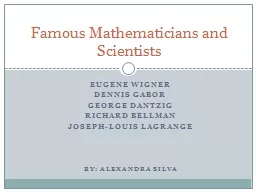
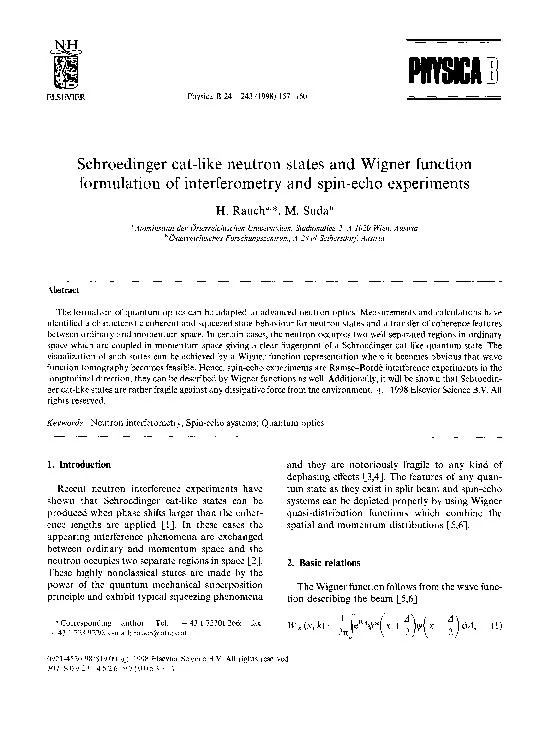
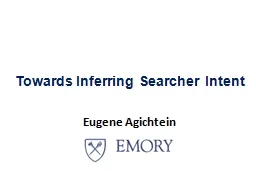
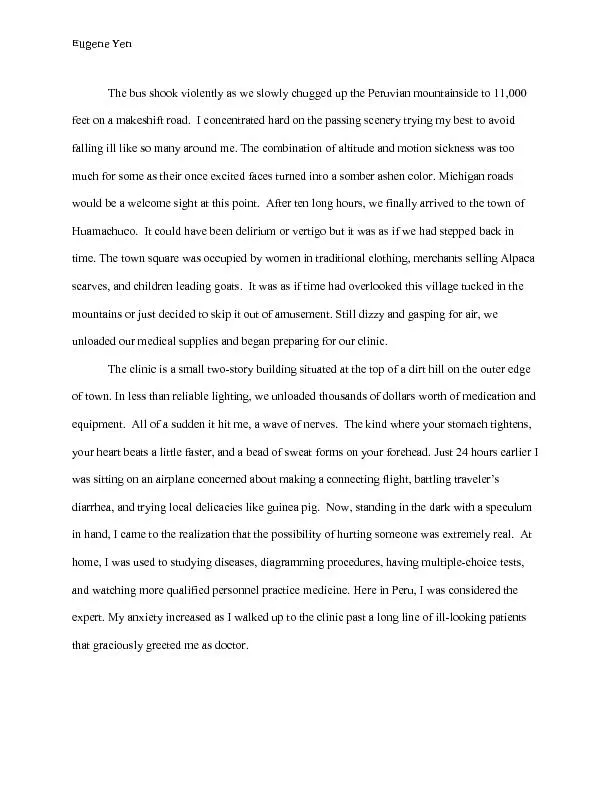
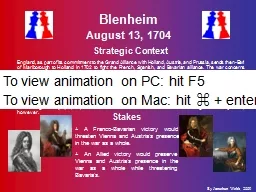
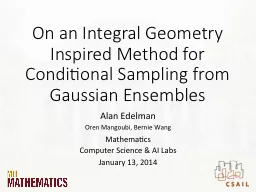
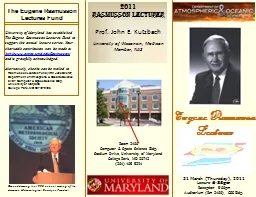

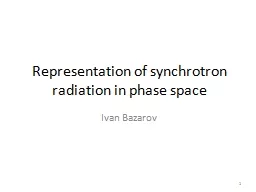

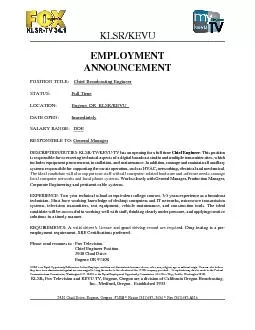
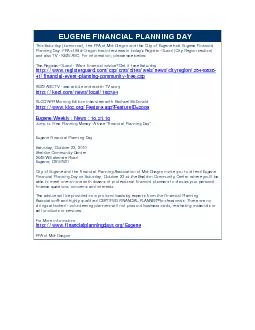

![Download [PDF] Eugene Braunwald and the Rise of Modern Medicine](https://thumbs.docslides.com/1026433/download-pdf-eugene-braunwald-and-the-rise-of-modern-medicine.jpg)